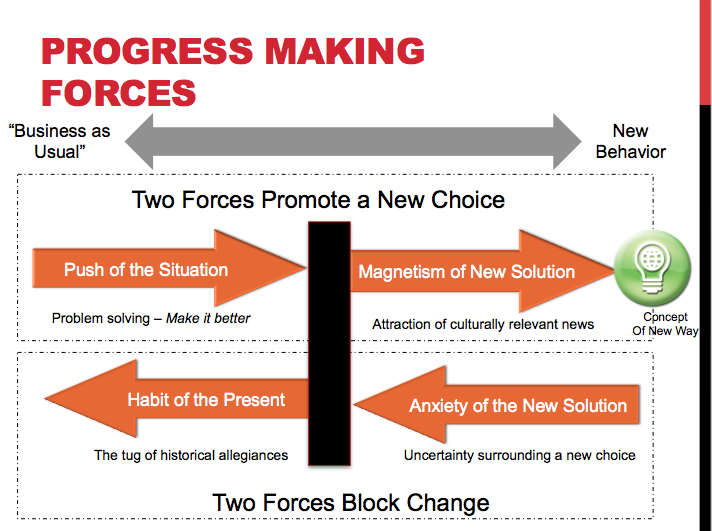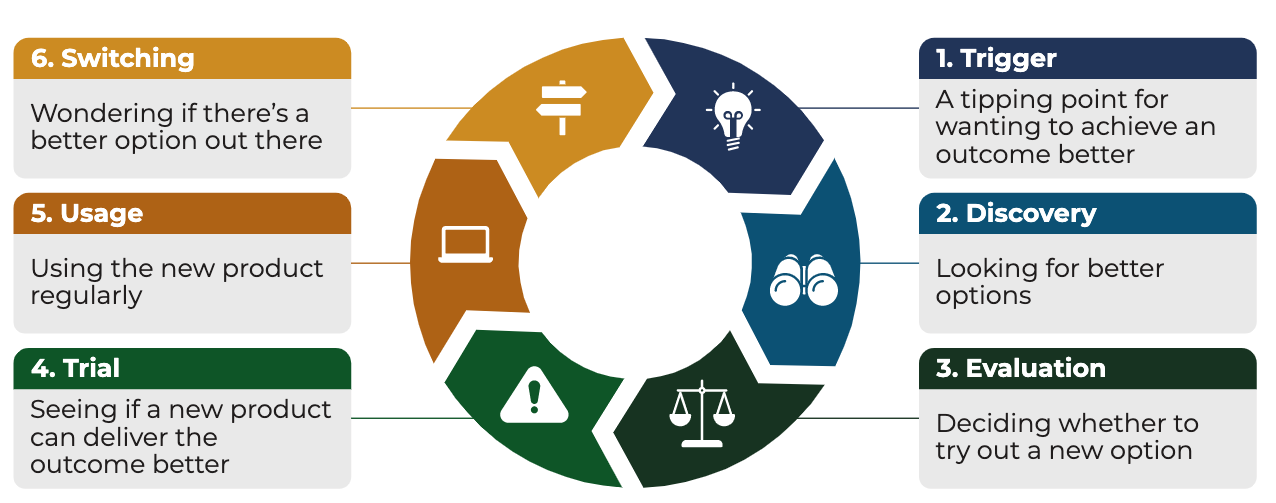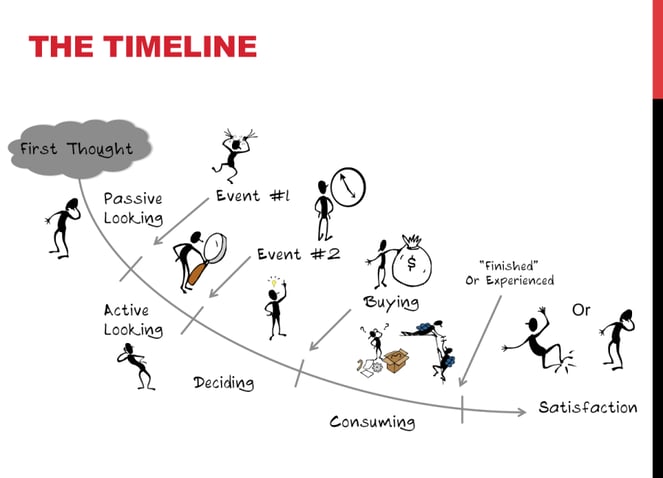If the concept behind Jobs To Be Done wasn’t real, we’d all drive the exact same car.
Jobs To Be Done (JTBD) is a framework for thinking about the value of your product. The idea is that people hire and fire companies to do a certain job for them, and that there is always an existing solution for doing that job. Think of it like this, the job we hire a car to do is to get us from point A to B in a reasonable amount of time. But if that was true, why are there so many makes and models of cars? Because that’s not the real job to be done by a car – every car can do that. Maybe for the wealthy, the job is looking good in public (luxury cars), or for parents, the job is protecting their kids (safe minivans/SUVs), or for single guys, the job is attracting women (sports cars). JTBD aims to uncover these true motivations.
Here are 3 key differences between JTBD and traditional user research.
1. Recruiting
JTBD suggests talking to people who have hired or fired your product or service within the past 90 days, when the decision is still fresh in their minds. This narrows down the number of people who will fit the bill, and if you’re a startup with no users yet (or no product), then you’ll have to talk to users who have hired or fired your competitors (which is a good way to validate who you’re competing with).
2. The Process of Uncovering Why
A JTBD interview is designed to uncover the story of how the person came to decide to hire or fire a product or service, and how it’s gone since making the decision. See this template below:
The general idea is to build a timeline from when the user first thought about changing solutions, to how she decided on a solution, to how she purchased the new solution, to how it’s going since purchase.
3. The Deliverables
In addition to developing the timeline above, the other outcomes of a JTBD interview will be
- Determining what the job is to be done (ex. for luxury cars, getting around town in style and comfort, perhaps)
- Understanding the 4 forces that drove the user to make her decision and later evaluate that decision. Specifically:

Source: JobsToBeDone.org
The idea here is to understand what’s prompting the user to think about changing from her current solution (for example, a pain point with the existing solution or a trusted source introducing an alternate solution), what’s attracting her to the new solution (hopefully yours), what worries her about switching, and what’s preventing her from making the switch?
Using this information can be very powerful, especially when marketing a new product. Just make sure to be explicit about how your product/solution is better than the current solutions people tell you they’re switching from.
Closing Thoughts
As we discuss in the idea of a customer journey vision, you have to think about the triggering moment that prompts someone to want to discover a new product. It starts with a switching moment where an existing product falls flat.

The biggest mistake I see teams make when launching a new product is not thinking through who it's for and why they'd abandon their current product. Without this critical information, it's nearly impossible to find product-market fit. This information is also critical to building a memorable onboarding experience - for example, should you help them migrate their data from their old solution so they can get value quickly? Hopefully this technique is helpful for those ready to do more customer discovery.
.png)


